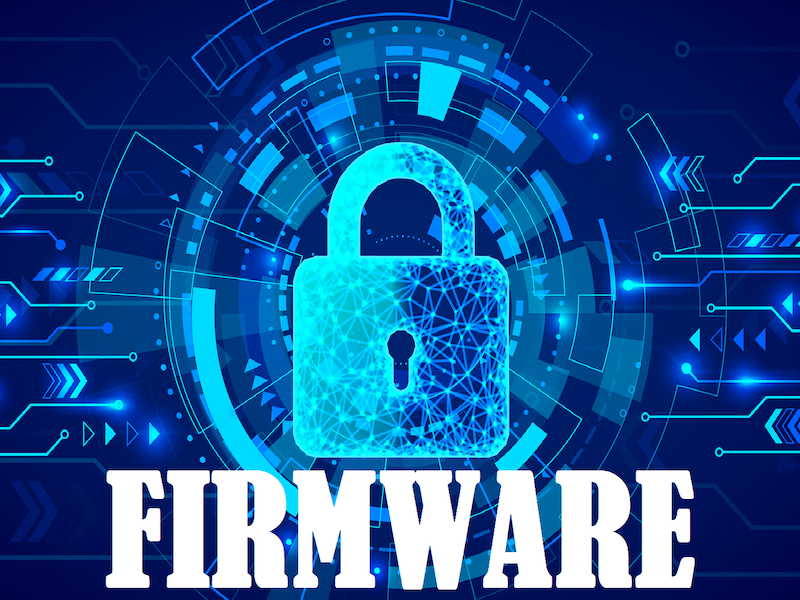- Firmware in embedded systems is the specialised software that controls the hardware’s functions, ensuring the device operates as intended.
- It bridges the gap between the hardware and higher-level software, making it crucial for the device’s reliability and performance.
What is firmware in embedded systems?
Firmware in embedded systems refers to the low-level software that is permanently programmed into the device’s hardware. Unlike standard software, which can be easily modified or updated by the user, firmware is stored in non-volatile memory, such as ROM, EPROM, or flash memory, and is designed to control the hardware’s basic functions. This firmware acts as the intermediary between the hardware components and the operating system or application software, ensuring that the device functions correctly.
How firmware works in embedded systems?
Firmware in embedded systems is integral to the device’s operation, providing the necessary instructions for the hardware to perform its tasks. Here’s how firmware typically operates within an embedded system.
Initialisation and boot-up: When an embedded device is powered on, the firmware is responsible for initiating the boot-up process. It checks the hardware components to ensure they are functioning correctly and then loads the necessary software or operating system into memory. This initialisation process is critical for the device to start up correctly and be ready for use.
Hardware control: Firmware directly controls the hardware components of the embedded system, such as sensors, actuators, or communication interfaces. For example, in a thermostat, the firmware manages the temperature sensors and controls the heating or cooling systems based on the readings. This direct control is what allows the device to perform its specific functions reliably.
Communication between hardware and software: Firmware acts as a translator between the hardware and the higher-level software, enabling them to communicate effectively. For instance, in a smart home device, the firmware would manage the interaction between the sensors (hardware) and the user interface (software), ensuring that user commands are executed correctly.
Performance and updates: While firmware is typically designed to be stable and long-lasting, it can sometimes be updated to improve performance, fix bugs, or enhance security. These updates are crucial for maintaining the efficiency and longevity of the embedded system, as they can optimise how the hardware functions or introduce new capabilities.
Also read: Qualcomm unveils AI-Ready IoT platform at Embedded World 2024
Also read: What is firmware engineering and what are its applications?
Importance of firmware in embedded systems
Firmware is a key component of embedded systems, playing a vital role in their operation and overall functionality. Here’s why it’s so important.
Enabling device functionality: Without firmware, the hardware in an embedded system would not know how to perform its tasks. Firmware provides the necessary instructions and control logic that allow the device to function as intended, making it indispensable for any embedded system.
Ensuring reliability and stability: Embedded systems often operate in environments where reliability is critical, such as in medical devices or industrial machines. The firmware is designed to be robust and stable, ensuring that the device can operate continuously and reliably over long periods.
Optimising performance: Firmware can be fine-tuned to optimise the performance of the hardware, ensuring that the device operates efficiently within its resource constraints. This optimisation is crucial in embedded systems, where processing power, memory, and energy may be limited.
Security and updates: Firmware plays a key role in the security of embedded systems, particularly in protecting the device from unauthorised access or cyber threats. Regular firmware updates can patch security vulnerabilities and introduce new features, helping to keep the device secure and up-to-date.
Firmware is the backbone of embedded systems, providing the essential software that allows the hardware to function correctly and communicate with other software components. Its role in initialising, controlling, and optimising the hardware makes it crucial for the reliability, performance, and security of embedded devices. Understanding the function and importance of firmware in embedded systems underscores its significance in the operation of modern technology.

